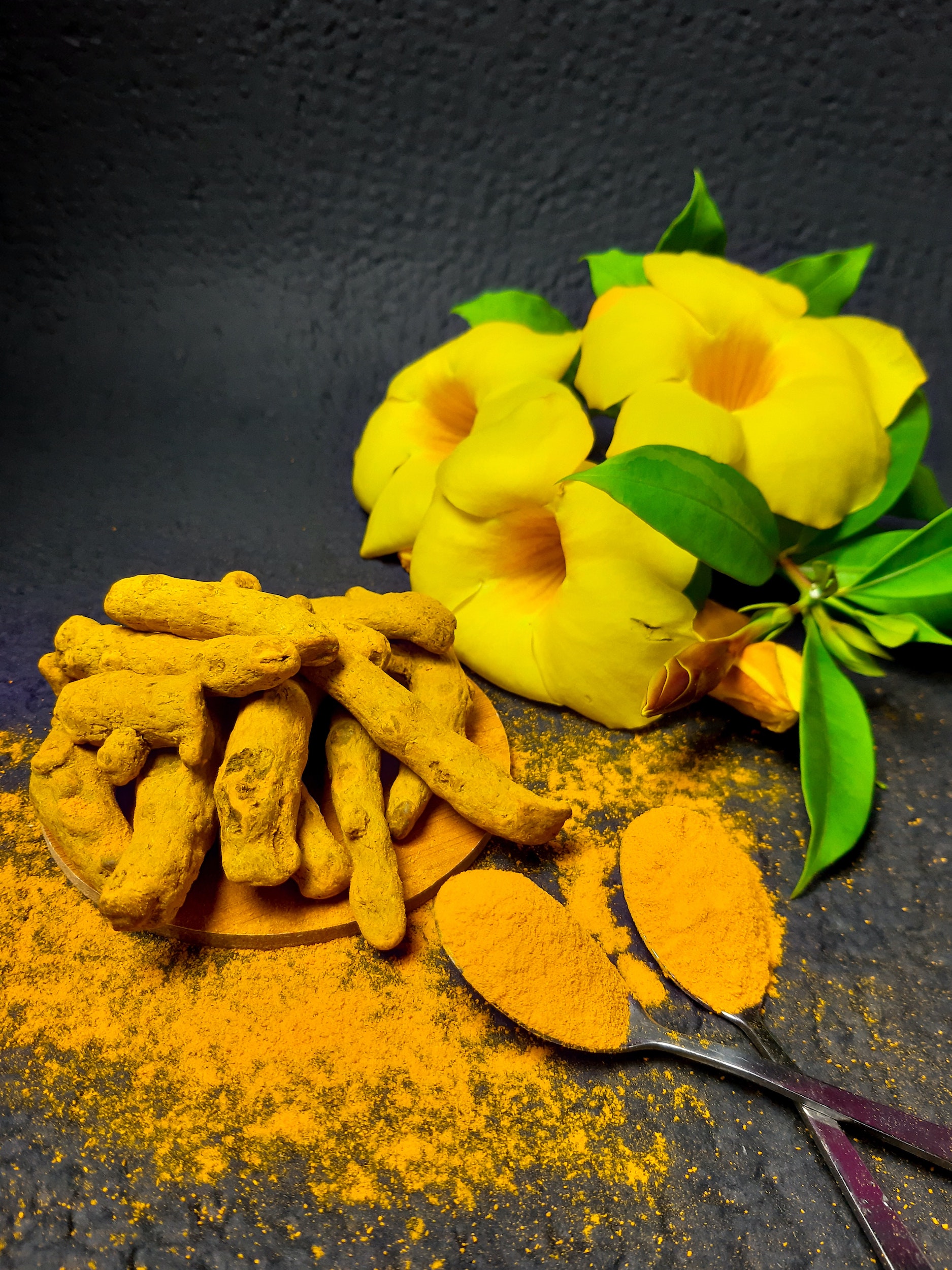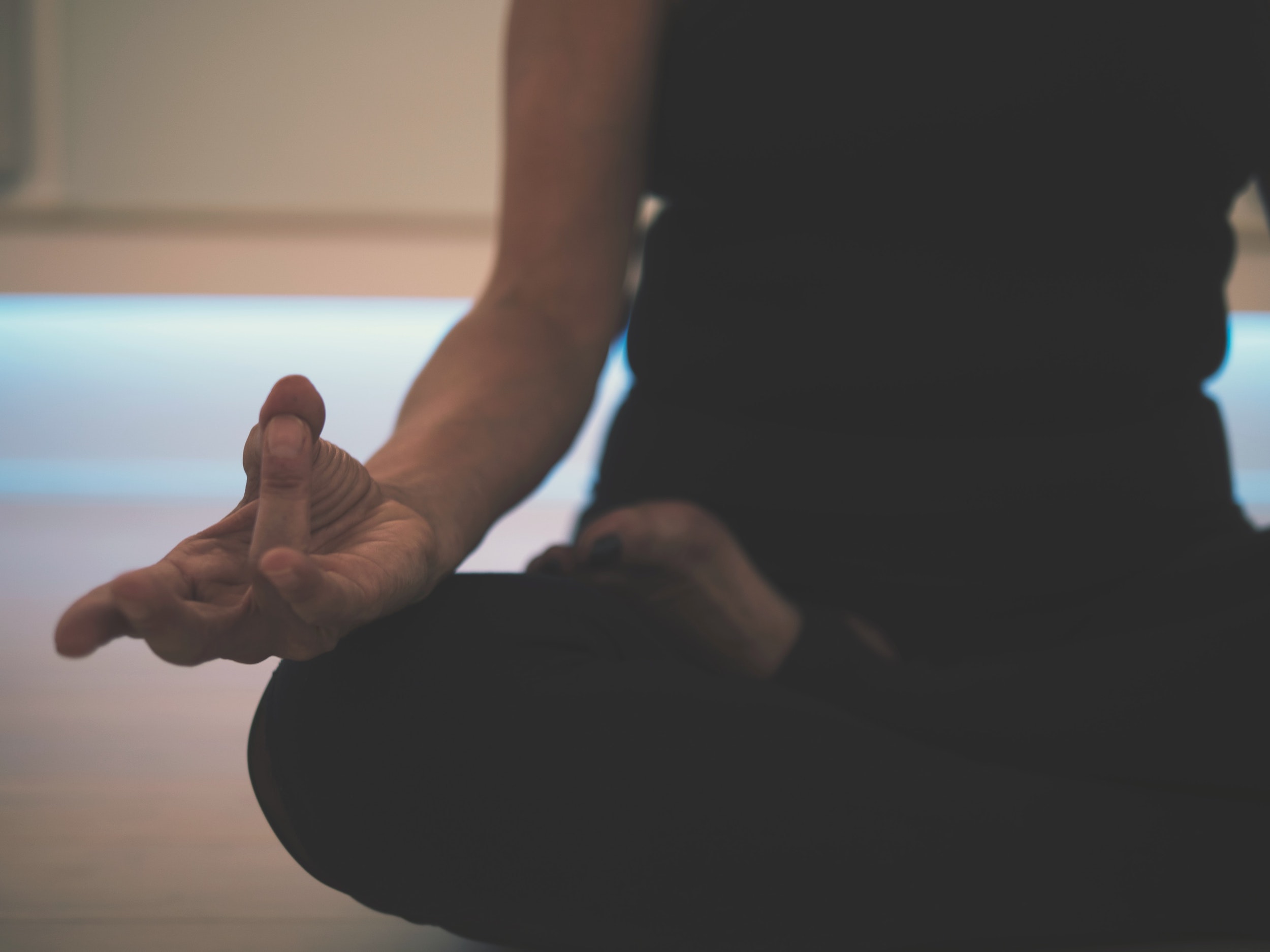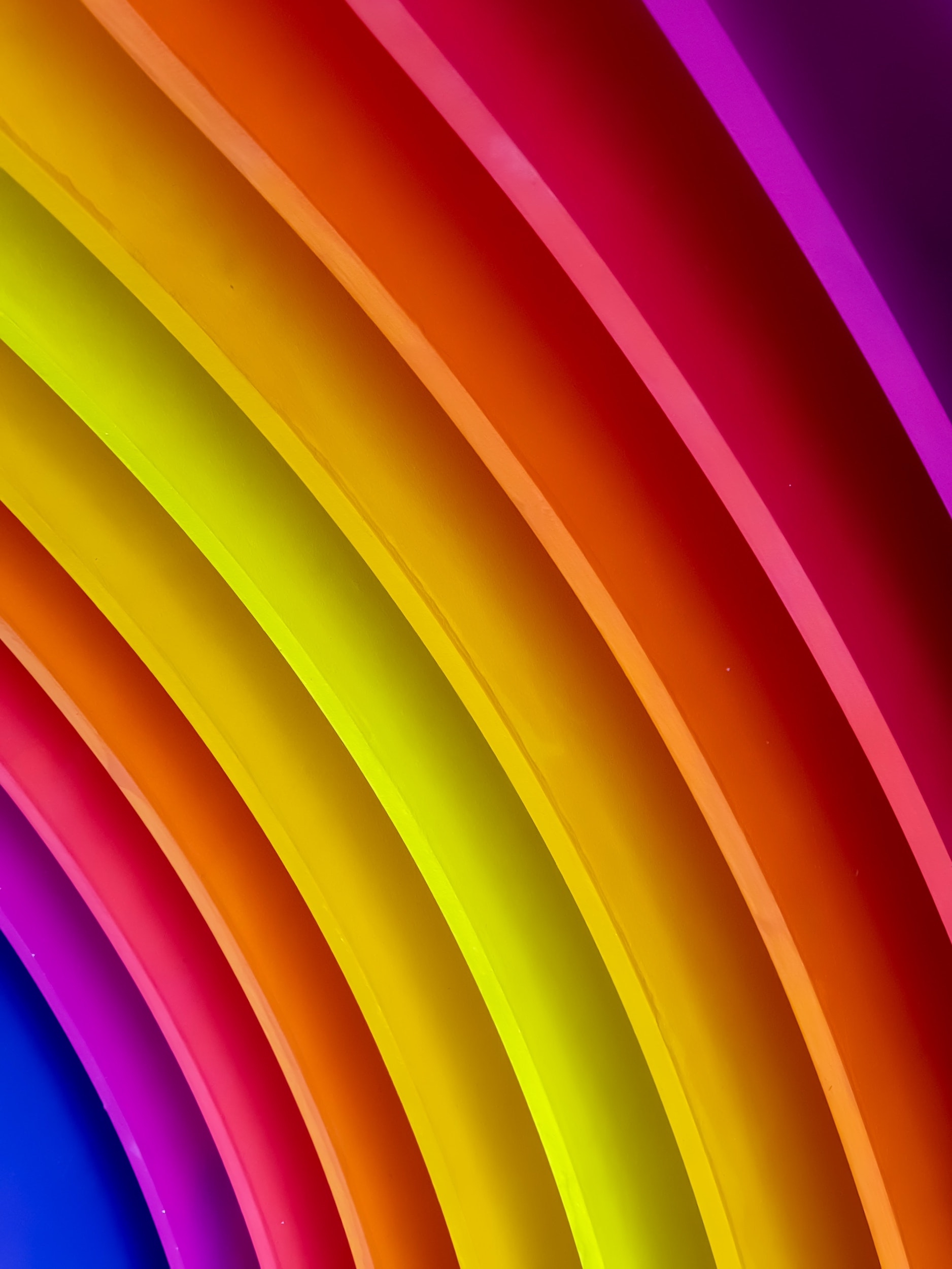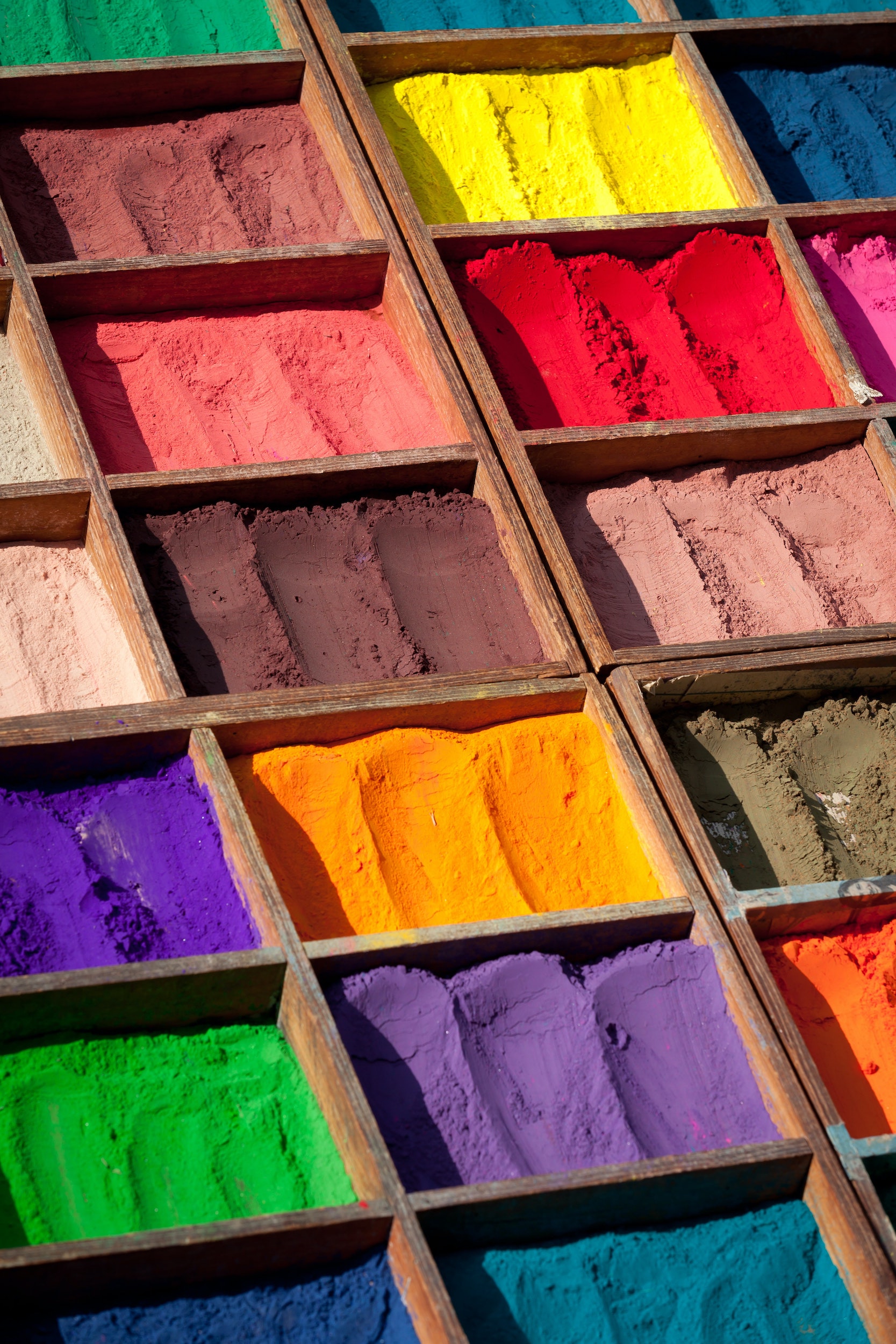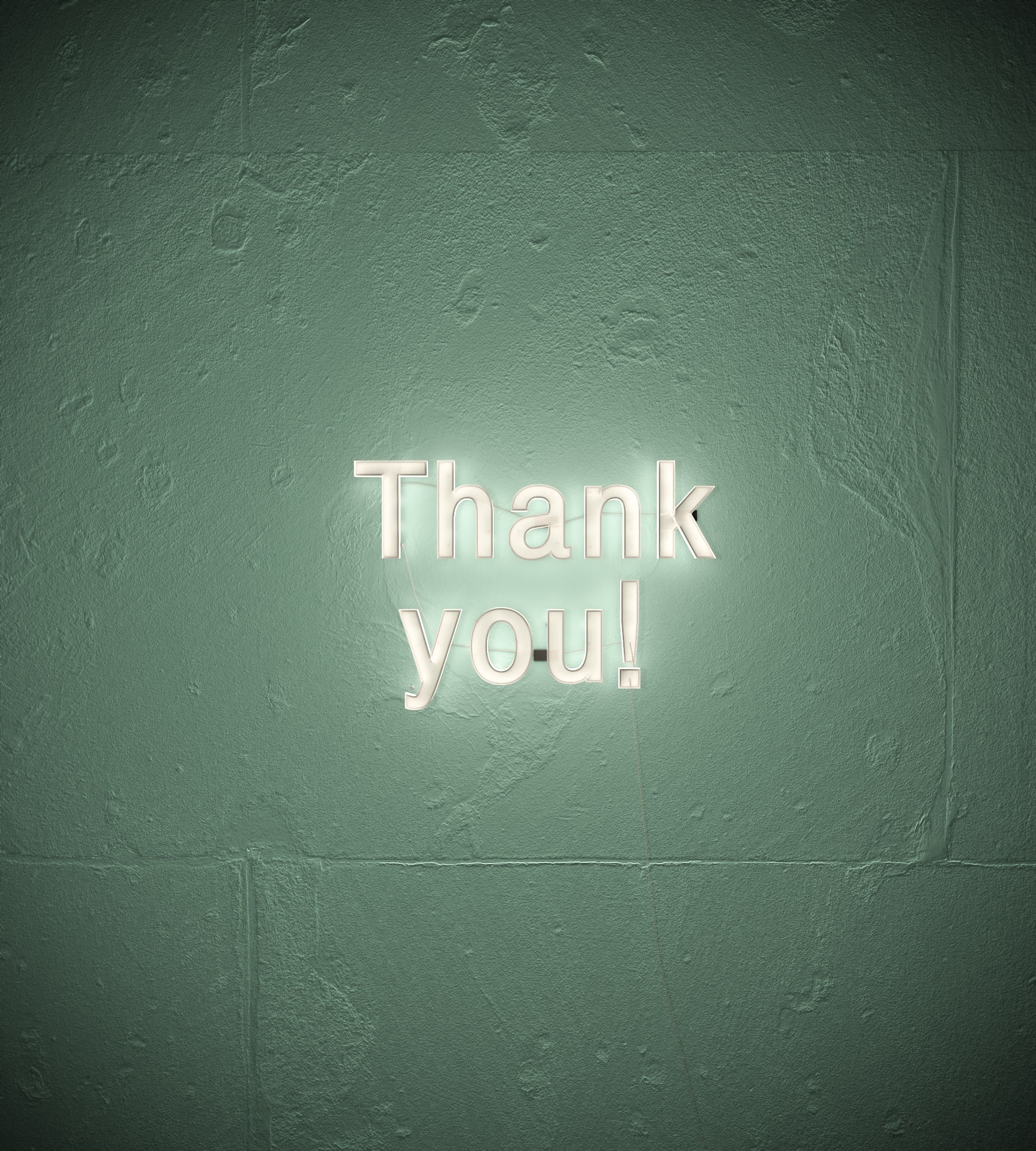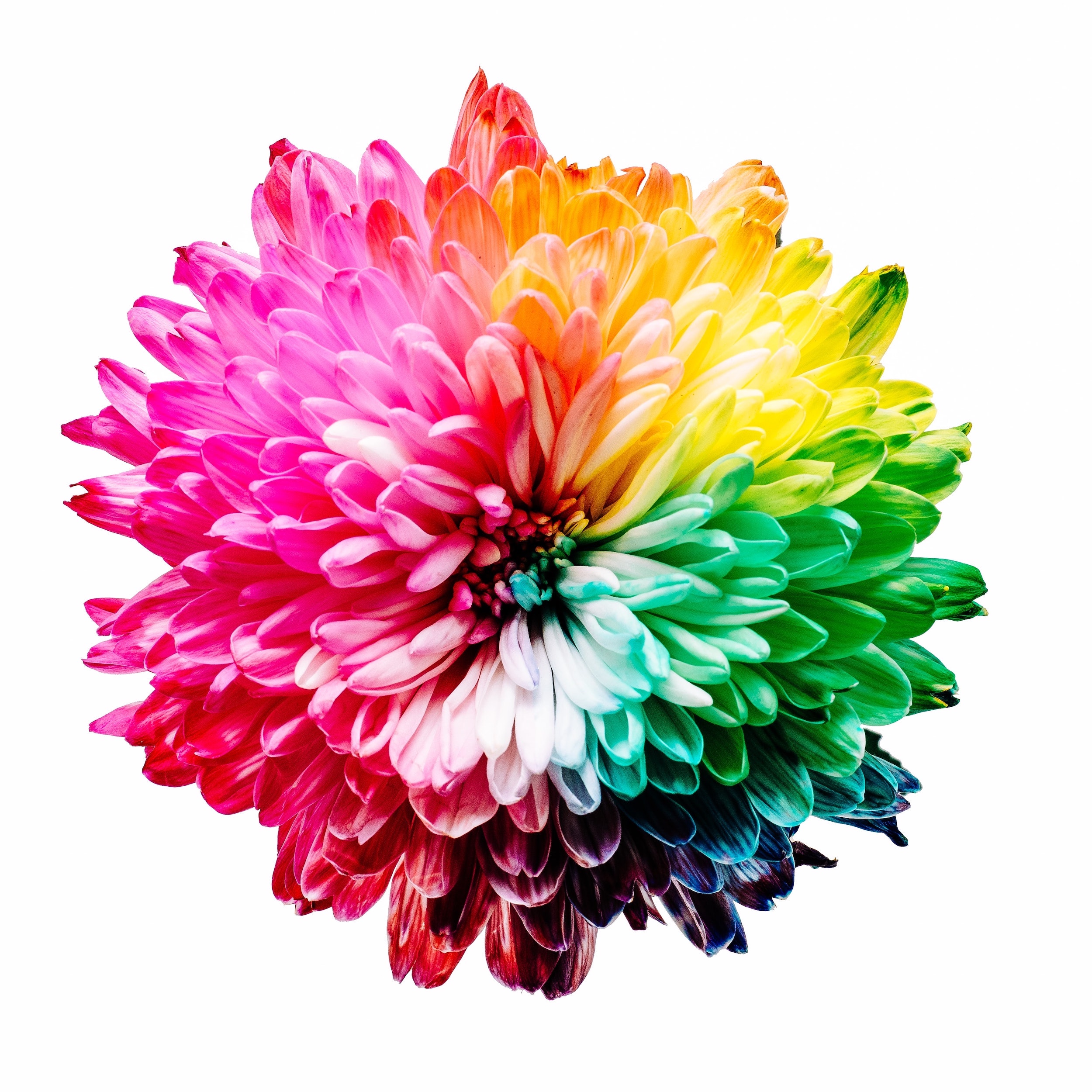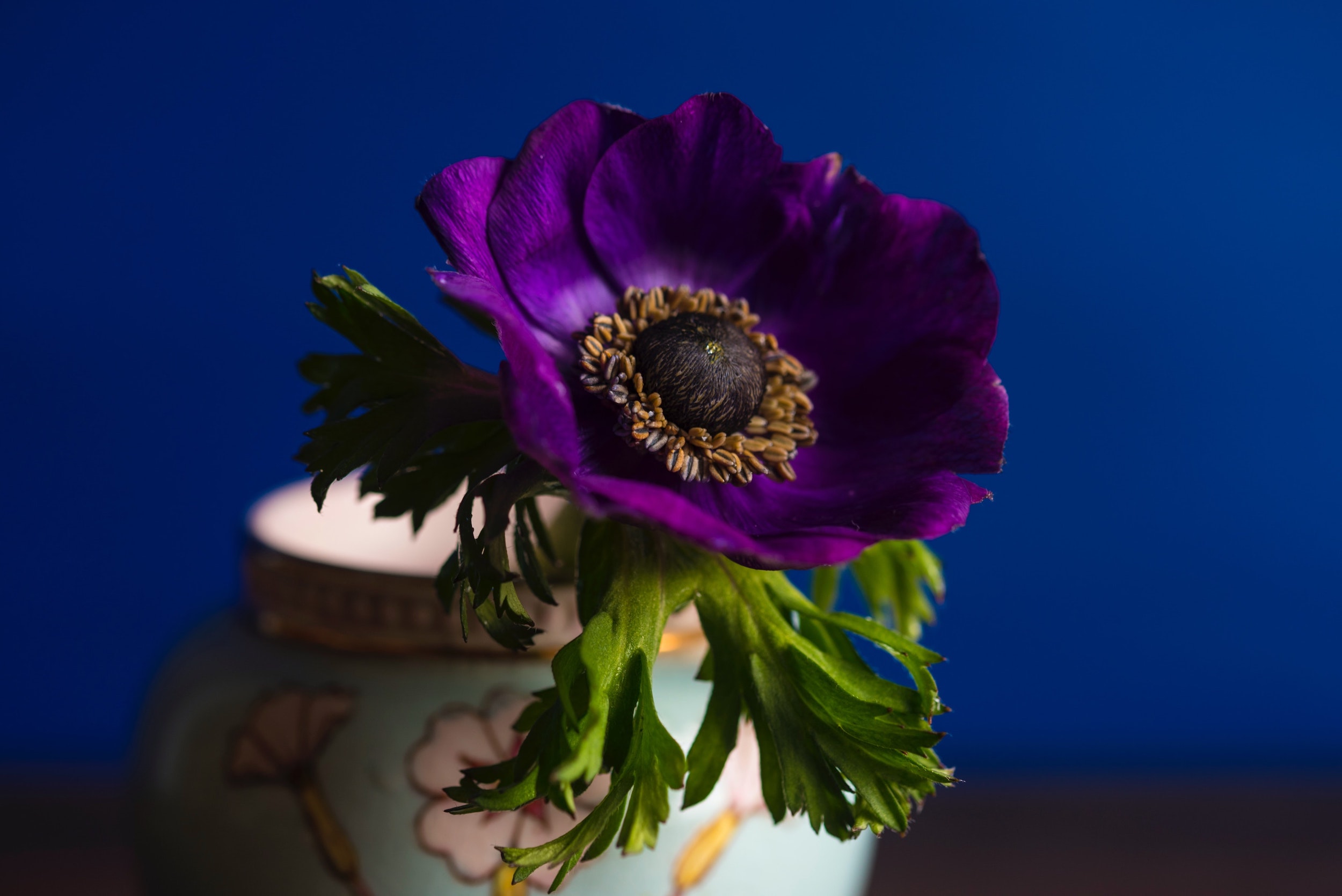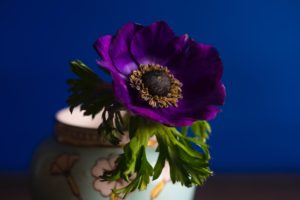Auras are an interesting topic that more people need to know more about. Maybe you’ve heard the word in a new age bookshop or seen an image of a person with layers of colors outlining their body. The Oxford dictionary defines “Aura” as: 1.The distinctive atmosphere or quality that seems to surround and be generated by a person, thing, or place. 2. (in spiritualism and some forms of alternative medicine) a supposed emanation surrounding the body of a living creature regarded as an essential part of the individual. (There is also a medical definition of the term aura but that is not what we are talking about here.) Science recognizes a biofield or electromagnetic field that surrounds each of us thought to be generated by the electromagnetic activities of our body. This field is unique to each one of us like an energetic fingerprint but also follows typical patterns within each species, such as hands having an expected shape and function that signifies their normalcy and health.
The human aura is said to have seven layers. Each layer has its own function and an associated color. Most people do have their own predominate color and some people believe that groups of the same dominate color come to earth at the same time, kind of like generations and based on what the collective needs to be balanced. However, it is important to note that the colors of your auric field can change based on your current thoughts and emotions as well as over time from on-going thoughts, experiences, trauma, good/bad health, addiction, and so on. The size of the auric field is also changeable depending on your state of mind, emotions, and overall wellbeing. When a person feels scared they unknowingly draw their aura close to them, when a person is feeling happy, in love, and confident their aura is naturally bigger (and because of that big aura they tend to attract a lot of people). Starting from closest to the body and moving away from the body there is:
The Etheric Layer: it is the most easily seen by people who can see auras. It is connected to the Root Chakra and reaches 2-4 inches out from the body. Its color is said to be a grayish violet but it is often shown as red in photos due to its relation to the Root Chakra however a bright white or yellow is the color I’ve personally seen. This layer is the closest to the physical body energetically and is a lower aspect, meaning it’s more rooted in our physicality.
The Emotional Layer: as you might guess, holds our emotions and feelings. It extends about 1-3 inches from the Etheric layer and is connected to the Sacral Chakra, so you will often see this layer as orange in depictions but the actual color will depend on your emotions, both predominate and in the moment. This layer is also rooted in our physical-ness.
The Mental Layer: contains our thoughts and thought processes such as judgment and “rules”. This layer extends 3-8 inches from the Emotional layer. It is attached to the Solar Plexus and is represented as yellow, but just like the Emotional layer our thoughts have the ability to change and shift the color of this layer. Similar to the chakra system this, third layer is the last layer that is rooted in our physical selves.
The Astral Layer: like the Heart Chakra is the bridge between our physical and spiritual selves. Connected to the Heart Chakra, this layer is depicted as green. The actual color of this layer will depend on the persons relationship with love both romantic and self love or lack of love. It extends about a foot from the Mental layer and holds a higher vibration then the previous 3 layers.
The Etheric Template: is as its name suggests, like a template or blueprint of the etheric body. Extending about two feet from the Astral layer this layer is connected to the Throat Chakra and is represented as light blue. This layers actual color will be influenced by how an individual speaks his or her truth. This layer is the spiritual aspect of our physicality and holds yet an even higher vibration then the previous layer.
The Celestial Body: is connected to the 3rdEye Chakra and it is the layer, due to its high vibration, where our energy begins to make a spiritual connection. This layer extends out from the Etheric Template about 2.5 feet and is depicted as a dark blue or indigo but, in reality the color will depend on the strength of connection to personal intuition.
Ketheric Layer: is the last and furthest layer from our physical bodies. Connected to the Crown Chakra this layer can extend out 3-5 feet from the Celestial Body and is represented as purple. The individual color of this layer will vary by the depth of spiritual connection. This layer is the highest vibration of all the layers, holds your soul information and blueprint, and it is the most protective of all the other layers. This layer is considered our link the divine and contributes to our feelings of oneness.
You have already experienced the aura of another person but maybe you have not realized you were picking up on that energy. Meeting a person for the first time that you just like, that you have a strong unexplainable desire to have a friendship with before you really know anything about them is a good indication you are feeling their aura, and your aura finds compatibility with their aura. The opposite scenario is that you meet a person and automatically dislike them, this is a sign that your auras do not have compatible energy. Our Auras, believe it or not, actually play a big role in the types of people we seek and bring into our lives. The aura also acts as a protective energetic barrier to our physical bodies. If our aura is strong and healthy, we are strong and healthy. If our aura is weak and damaged, we are on our way to weak and dis-eased, if not already there. This is because we experience everything on an energetic level before we have the physical experience. And, often we have the energetic experience many, many times before we ever see the results physically. A great example of this is our thoughts, which create feelings and emotions. Those feelings and emotions in turn either support positive or negative energy in our auras and bodies. Take a person who is generally happy and positive, if that person catches a cold they are likely to recover quickly with a minor inconvenience in their lives. If another person who is typically moody, negative, and easily stressed were to catch that same cold they can easily take twice as long or longer to get better. While there are many factors involved in illness on an individual level it has been shown that people who think positively recover faster with less complications then people who think negatively. Our thoughts have a big impact on our aura, either acting as an ally and strengthening our auric field or to our detriment by weakening our aura.
The company we keep also has a big impact on the health of our aura. If you have ever noticed feeling tired or depleted after interacting with a specific person, chances are high that they are an energy vampire. I am not going to go deep on this subject here but the simplified version is that throughout your life you will come across people who are literally feeding off of your energy. Some know they are doing it and even do it intentionally, others are completely unaware, but in short when the two of you spend time together they are energized while you are depleted. The best thing to do in this case is to spend as little time as possible with that person.
Another thing worth mentioning is how detrimental addiction is to the auric field. There are many addictions in this world, to many to cover here, but all of them deplete the auric field and energetic protection. The worse the addiction, and the more affected the person is by it, for example a drug addict who commits crimes to get the fix, the more damaged the aura is and the less protection it provides meaning that the person is more prone to being affected by outside negative energies. If recovery does occur that person will have to do a lot of healing to repair their auric field.
Thankfully we do have some power to help the energy of our aura and we are not simply bystanders who just get what we get. By actively shifting your thinking to realistically positive thoughts you help your aura to expand and brighten. Love is the biggest boon to our auric field creating a bubble of beautiful energy all around. Romantic love is the best example of this but the heightened feelings typically diminish, therefore self-love and/or doing an activity that you love is actually the love that will get you the most benefits in having a strong, vibrant aura. Mantras and chanting are wonderful tools to raise your energy and in turn expand your auric field. There are many to choose from so just choosing one that makes you feel good when you use it is key. Eating fresh vibrant foods is another way to strengthen your aura since these foods have more energy then process and precooked foods. Wearing or working with crystals can also help to balance, strengthen, and expand your aura, once again allow your intuition to direct what you most need by choosing a stone you are attracted to. Lastly, meditation can be a good way to keep your aura healthy, by bringing more peace and balance into your emotions and thought processes. Explore any method you feel called to and see if you begin to notice a difference in your overall energy or how people interact with you, you might be surprised.
Wishing you more ups than downs in this journey of life. Feel free to leave a comment or question. Namaste.
